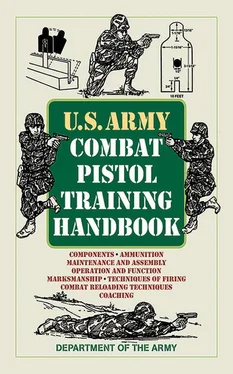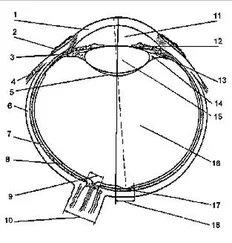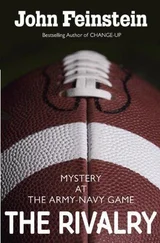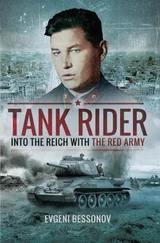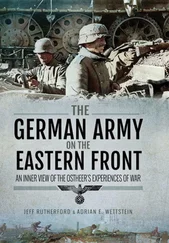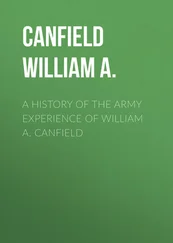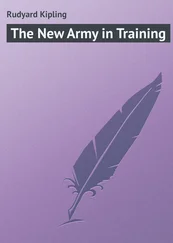CLEAR ALL WEAPONS.
CLEAR ON THE RIGHT.
CLEAR ON THE LEFT.
THE FIRING LINE IS CLEAR.
FIRERS, PLACE YOUR WEAPONS ON THE STAND. WITH SLIDES LOCKED TO THE REAR.
FIRERS AND SCORERS, MOVE DOWNRANGE AND CHECK YOUR TARGETS.
MARK AND COVER ALL HOLES.
g. Table VII–Night Standing. The tower operator orders the firers to position themselves next to the weapon stands. On command, the scorer issues to the firer one magazine containing five rounds. The firer must get two hits to receive a “GO” on this table.
(1) The tower operator commands:
TABLE SEVEN, NIGHT FIRE, STANDING POSITION, FIVE ROUNDS.
LOAD AND LOCK.
READY ON THE RIGHT.
READY ON THE LEFT.
READY ON THE FIRING LINE.
UNLOCK YOUR WEAPONS.
FIRERS, WATCH YOUR LANES.
(2) The tower operator exposes the targets to the firers. When all targets have been exposed and engaged or lowered, The tower operator commands:
CEASE FIRE.
ARE THERE ANY ALIBIS? (Alibis are given 10 seconds for each round not fired )
CLEAR ALL WEAPONS.
CLEAR ON THE RIGHT.
CLEAR ON THE LEFT.
THE FIRING LINE IS CLEAR.
FIRERS, PLACE YOUR WEAPONS ON THE STAND WITH SLIDES LOCKED TO THE REAR.
FIRERS AND SCORERS, MOVE DOWNRANGE AND CHECK YOUR TARGETS.
MARK AND COVER ALL HOLES.
A-5. Alibis
Alibis are fired after each table and where they occurred. Firers are allowed 10 seconds for each alibi. The same fire commands apply to alibis. If a weapon or target malfunctions while the firer is firing from a stationary position, he reports the malfunction. He keeps his weapon pointed up and downrange. Should the malfunction occur during Table V, the firer keeps his weapon pointed up and downrange, but he continues to move forward, keeping himself aligned with the firers to his right and left.
A-6. Rules
Certain rules apply to the conduct of fire during the CPQC:
a. Assistance. During instructional fire, the coach and assistant instructors should assist the firer in correcting errors. However, during record fire, no one may help or try to help the firer while or after he takes his position at the firing point.
b. Accidental Discharges. After the firer takes his place on the firing lane, every shot counts. Even if he fires away from the target or discharges the weapon accidentally, then that counts as his shot. He receives no replacement round or second chance.
c. Fire on the Wrong Target. Each firer observes the location of the target in his own lane. Shots fired on the wrong target count as a miss. A firer is credited only for the targets he hits in his own firing lane.
d. Fire After the Signal to Lower Targets. Any shot after the target starts to lower is scored as a miss.
e. Extra Shot Fired at an E-Type Silhouette Target. If the firer hits the target while the target is exposed, that is, before it begins to lower, then he receives credit for the hit. The number of rounds fired to obtain the hit does not matter.
f. Excess Ammunition. At the end of each firing table, the firer turns in any excess ammunition. This ammunition is not reissued to him for use in the other firing tables.
g. Target Sequence. The tower operator sets a common target sequence for all lanes. This keeps a firer from getting ahead of the firers in adjacent lanes. Target sequence varies in distance from the firer. It starts with 31 meters and allows for no more than two 7-meter targets.
A-7. Scorecard
Figure A-1 shows an example completed DA Form 88-R ( Combat Pistol Qualification Course Scorecard ), and a blank copy is provided in the back of the book. The blank form may be reproduced locally on 8 ½- by 11-inch paper. It may also be downloaded from the Internet at Army Knowledge Online ( http://www.army.mil/usapa/eforms/). The scorecard lists the standards and provides scoring grids for the CPQC.
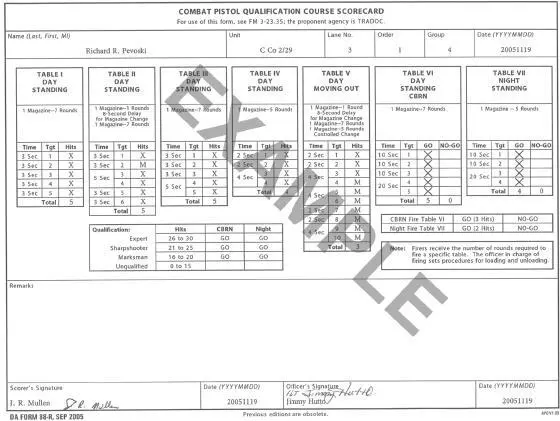
Figure A-1. Example completed DA Form 88-R.
NOTE:Numbers in the “Tgt” column do not represent a particular sequence in which the targets will appear. They just identify how many targets the firer will engage in each firing table.
a. Each time a firer hits or kills a target, the scorer places an “X” in the “Hits” column. Each hit is worth one point. After the firer finishes firing, the scorer totals and signs the scorecard.
b. The following qualification standards are also shown on the form:
• Expert: 26 to 30 hits.
• Sharpshooter: 21 to 25 hits.
• Marksman: 16 to 20 hits.
• Unqualified: 0 to 15 hits.
c. The CBRN and night firing tables are scored as GO or NO-GO. The firer either qualifies on those tables, or not. For each of these tables (VI and VII), the firer gets a GO if he hits the target, and a NO-GO if he misses.
d. To qualify, the firer must earn a minimum total score of 16 on Tables I through V and must receive three hits on Table VI (CBRN) and two hits on Table VII (Night).
A-8. Targets
Each firing lane requires seven electrical, device-type targets as well as a single E-type silhouette. Aggressor figures may be superimposed on the silhouettes to add realism to the course of fire.
A-9. Quick-Fire Target Training Device
The unit may procure a quick-fire target training device (QTTD) locally. To ensure standardization, quality, durability, and appearance, the device should be constructed by a qualified organization with documented experience producing similar devices such as the training aids section of the local Training Support Center.
APPENDIX B*
ALTERNATE PISTOL QUALIFICATION COURSE
Once the Soldier completes instructional fire, he must complete the Combat Pistol Qualification Course (CPQC) for the record. However, when the CPQC is unavailable, the Alternate Pistol Qualification Course (APQC) may be used.
The tower operator is completely responsible for and in charge of the range and the course. He controls absolutely all activities related to firing. The tower operator tells the scorers what to do when, for example, when to issue the preloaded magazines to firers. Only the tower operator may issue the order to fire. Scorers and firers must await the tower operator’s orders.
B-1. Conditions and Standards
The firer is given 40 rounds of ammunition for Tables I through IV and 14 rounds for Tables V and VI:
a. Table I–Day Standing. Within 21 seconds, engage the 25-meter APQC target from the standing position with 7 rounds of ammunition; given one 7-round magazine during daylight hours.
b. Table II–Day Kneeling. Within 45 seconds, engage the 25-meter APQC target from the kneeling position with 13 rounds during hours of daylight. From a standing position, assume a good kneeling position, engage the target with 6 rounds, perform a rapid magazine change, and engage the target with 7 rounds.
c. Table III–Day Crouching. Within 35 seconds, engage the 25-meter APQC target from the crouching position with 10 rounds; given two magazines with 5 rounds each during daylight hours. From a standing position, assume a good crouching position, engage the target with one 5-round magazine, perform a rapid magazine change, and engage the target with the second 5-round magazine.
Читать дальше
